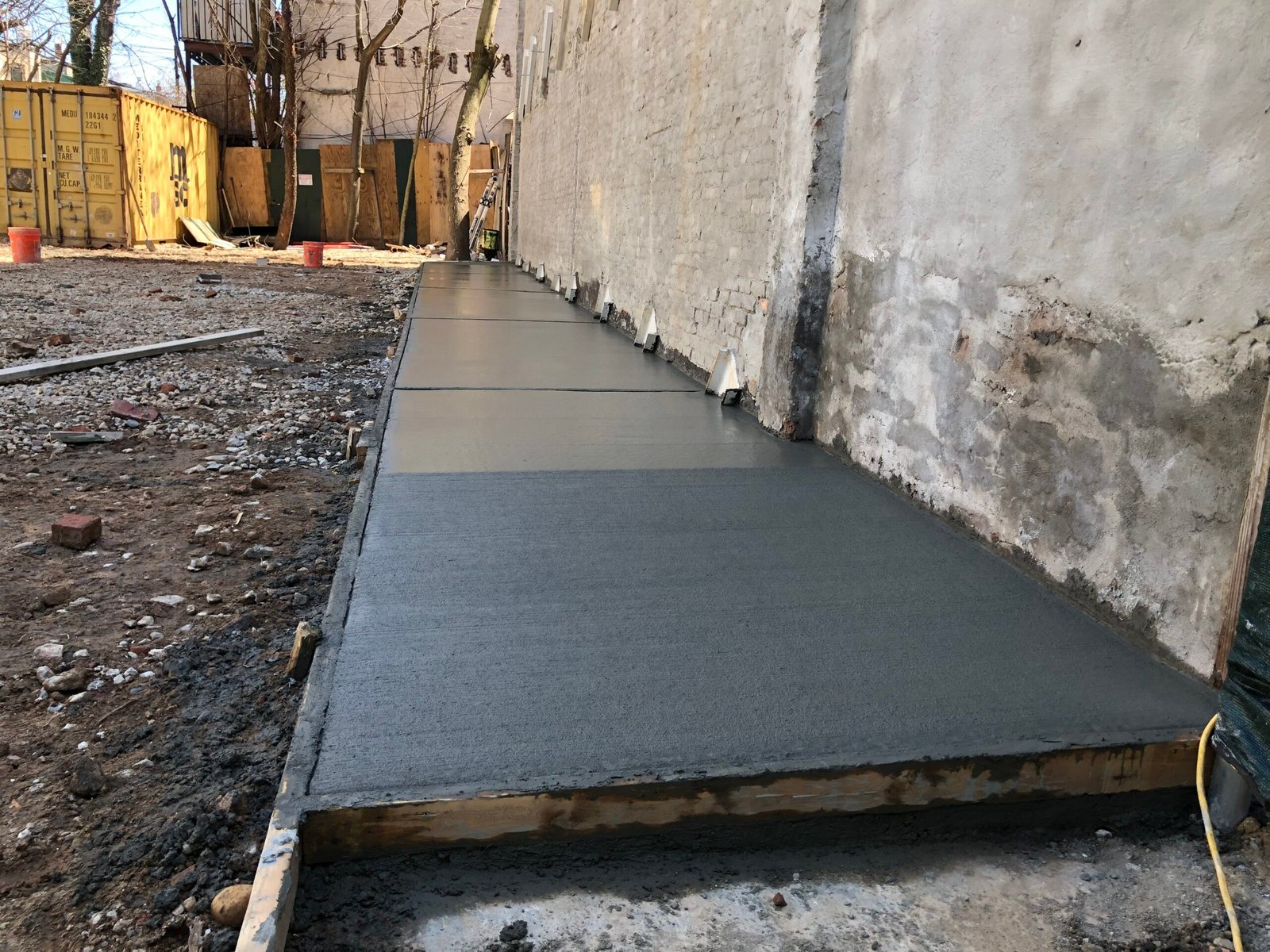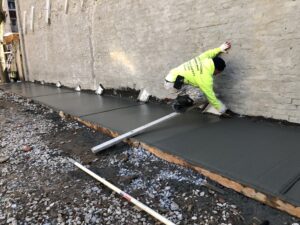
 Waterproofing is the best way to tackle basement moisture. Damp and flooded basements are not uncommon in cities like the Bronx, Queens, Manhattan, Long Island, Brooklyn, and Richmond Hill. Whom do we blame? As property owners, you will blame the weather conditions. Of course, high precipitation is one of the primary factors. But do you know improper basement waterproofing can also be a cause? Yes, you heard us right! Not implementing the correct techniques or resources is also responsible for damp basements.
Waterproofing is the best way to tackle basement moisture. Damp and flooded basements are not uncommon in cities like the Bronx, Queens, Manhattan, Long Island, Brooklyn, and Richmond Hill. Whom do we blame? As property owners, you will blame the weather conditions. Of course, high precipitation is one of the primary factors. But do you know improper basement waterproofing can also be a cause? Yes, you heard us right! Not implementing the correct techniques or resources is also responsible for damp basements.
Waterproofing the basement is a composite procedure. It involves multiple skills and techniques to ensure all-around protection. Any incorrect measure will lead to ineffective results, compromising the overall structural integrity of your building. Being one of the most critical segments of your building, water damage in the basement indicates foundation damage.
So, what are the mistakes you must avoid to waterproof your basement? We have provided a detailed guide to help you recognize these errors and avoid them solemnly. Have a look.
Basement Waterproofing: The Mistakes You Should Avoid
As a property owner, you will obviously rely on basement waterproofing contractors Bronx since they are professionals trained and experienced in the field. Unfortunately, things may not work as you expected. Why? Listed below are the predominant mistakes that must be avoided at any cost:
- Paint is not the Ultimate Solution- If you think using waterproof paint will offer you extensive water protection, it’s a myth. Paint alone cannot do the entire job of waterproofing! A waterproof paint can only seal the surface pores or protect steel and iron from corrosion. It only acts as a barrier for as long as it doesn’t fade away. Without treating the underlying issues, it is pointless to apply waterproof paint.
- Overlooking Exterior Landscape- Basement waterproofing companies consider grading the soil as a crucial waterproofing measure. The ground around your building must be sloped away from the foundation. If you find pooling water outside your building near the basement, you have improper landscape gradation. Rainwater will seep through the walls in any case.
- Fast Water Draining- If you have a flooded basement, you may be in a rush to drain out the water. But do you know it causes more harm? When you drain a flooded basement too fast, water accumulates outside the basement, exerting pressure on the walls. As a result, it seeps in through the cracks and gaps, causing more damage to your basement. So, never drain a flooded basement too fast.
- Inadequate Drying Time- After you drain out water, basement waterproofing specialists always recommend allowing the basement to dry completely before undergoing any waterproofing process. When you do not allow enough drying time, you are indirectly causing harm to your building’s foundation. It remains wet and weak. So, executing waterproofing will result in foundation failure.
- Cold Joint Sealing- The gaps between the walls and the basement floor are known as cold joints. These gaps are left purposely to release pressure from the ceiling and surrounding walls. Sealing the cold joints is one of the worst mistakes! Your basement may collapse losing its structural stability!
- Inadequate Drainage- Whether a sump pump or French drains, drainage is an effective waterproofing measure. Preventing standing water in and around your basement is one of the best ways to restrict water damage. So, ensure that you have adequate drainage in the interior and exterior of your basement.
- Delaying Waterproofing- Lastly, the longer you delay basement waterproofing services, the more severe the damage! You will have to bear expensive and invasive repairs. Stop postponing; do it now!
Avoiding these mistakes will boost basement waterproofing effectiveness and durability.
